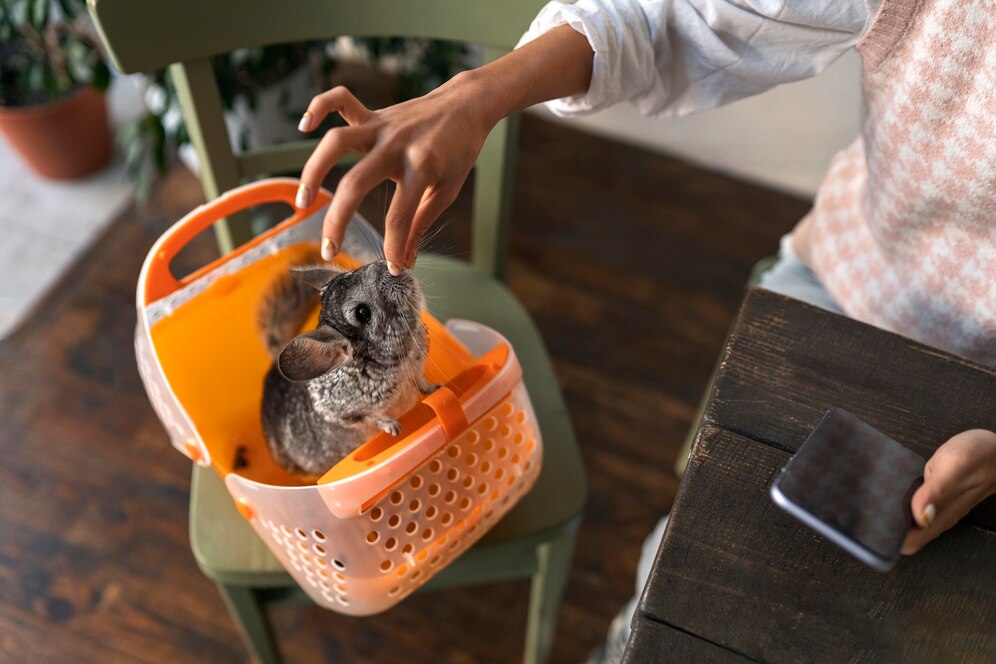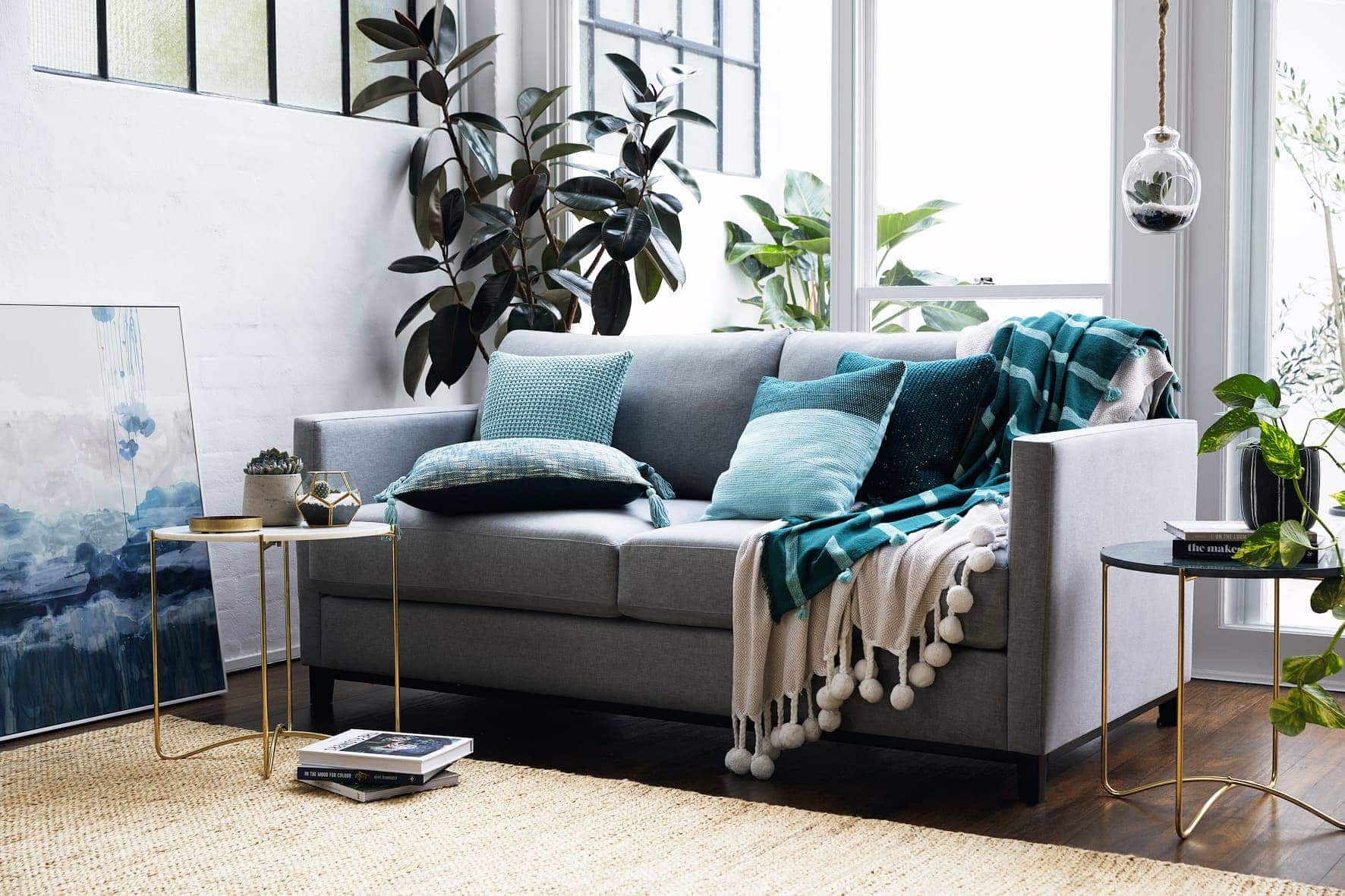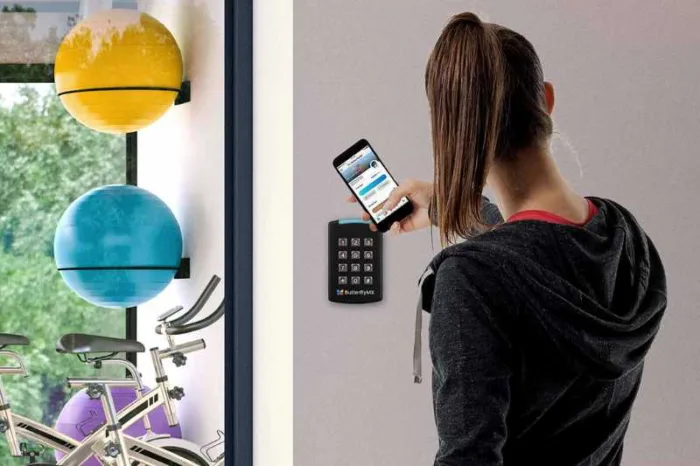In the silent battles waged within the walls of our homes, few adversaries are as persistent and cunning as rats. As a seasoned veteran in the realm of pest control, navigating the labyrinth of rat invasions for over a decade, we’ve witnessed the havoc these rodents can wreak. However, in our pursuit of a rodent-free haven, there’s a crucial factor we must not overlook—the safety of our cherished pets.
Join us on a journey through the nuanced world of rat control, where we unravel the mysteries of installing pet-safe rat traps. In this comprehensive guide, we’ll share insights gathered over years of combating these clever creatures, ensuring your battle against rats is not just effective but also considerate of the four-legged friends that share our homes.
Welcome to a pest control approach that strikes the perfect balance between efficacy and compassion. Let’s embark on this adventure together and reclaim our homes with a strategy that not only defeats rats but safeguards the well-being of our beloved pets.
Understanding the Need for Pet-Safe Rat Traps
Before diving into the installation process, let’s emphasize the importance of choosing pet-safe rat traps. Traditional traps and poisons can pose serious risks to our beloved pets, making it imperative to opt for alternatives that effectively target rats while ensuring the safety of our furry companions.
Selecting the Right Pet-Safe Rat Trap
In the vast landscape of pest control wholesale products, choosing the right pet-safe rat trap is paramount. Look for traps designed explicitly with pet safety in mind. Snap traps with secured bait compartments and electronic traps that deliver a quick and humane kill are excellent choices. Additionally, explore options with tamper-resistant features to prevent curious pets from accidentally triggering the traps.
Preparing Your Home for Rat Traps
Before installation, conduct a thorough inspection of your home to identify rat activity. Focus on areas where rats are likely to frequent, such as attics, basements, and kitchen spaces. Seal any entry points and remove potential food sources to enhance the effectiveness of the rat traps.
Proper Placement of Pet-Safe Rat Traps
Strategic placement of rat traps is key to successful rodent control. Position the traps along known rat pathways, ensuring they are out of reach of pets. Dark corners, behind appliances, and near entry points are ideal locations. Remember, discretion is essential for both efficiency and safety.
Baiting Techniques for Pet-Safe Rat Traps
Choosing the right bait is crucial for attracting rats while minimizing the interest of pets. Opt for pet-safe baits like peanut butter or non-toxic attractants. Ensure the bait is securely placed within the trap to prevent pets from accessing it.
Monitoring and Maintenance
Once the traps are set, regular monitoring is essential. Check traps frequently to promptly remove any caught rodents and reset the traps. This proactive approach ensures ongoing effectiveness and prevents any potential harm to pets.
Integrating Pet-Safe Rat Traps into Your Pest Control Routine
Incorporate the use of pet-safe rat traps into your overall pest control strategy. Combine trap usage with preventive measures, such as proper waste management and maintaining a clean living environment, to discourage rat activity.
Secure Outdoor Access Points
Rats often find their way into homes through small openings in doors, windows, or vents. Ensure all outdoor access points are secure by installing mesh screens or using weather stripping. This prevents both rats and other pests from entering, reducing the need for extensive indoor control measures.
Eco-Friendly Rodent Repellents
Explore the use of eco-friendly rodent repellents in conjunction with pet-safe rat traps. These repellents, often based on natural ingredients like peppermint or essential oils, create an environment that rats find unpleasant but is harmless to pets. Place these repellents strategically to deter rats from frequenting specific areas.
Consult with a Veterinarian
Before implementing any pest control strategy, consult with your veterinarian to ensure that the chosen methods and products are safe for your specific pets. Different animals may have varying sensitivities to certain substances, and your vet can provide tailored advice on pet-safe rat traps and bait options.
Consider Ultrasonic Devices
Ultrasonic devices emit high-frequency sounds that are unpleasant for rodents but generally safe for pets. These devices can complement your pet-safe rat traps, creating a comprehensive approach to rat control without the use of harmful chemicals or poisons.
Educate Family Members
Ensure everyone in your household is educated about the pet-safe rat control measures in place. This includes children, who may be curious about traps, and other family members who need to be aware of the importance of maintaining a clean living environment to discourage rat activity.
Opt for Tamper-Resistant Traps
In addition to choosing pet-safe rat traps, prioritize those with tamper-resistant features. These features are designed to prevent pets from accidentally triggering the traps while still allowing rats to access the baited areas.
Store Pet Food Securely
Rats are attracted to pet food, making secure storage essential. Invest in airtight containers to store pet food, and avoid leaving food bowls unattended for extended periods. This minimizes the attractiveness of your home to rats while keeping your pets’ food safe.
By incorporating these additional safety measures into your rat control strategy, you create a comprehensive and pet-friendly environment that effectively keeps rodents at bay. Remember, a multi-faceted approach is key to achieving long-term success in pest control while maintaining the safety and well-being of your pets.
The Way Forward
As we navigate the complex landscape of pest control, the way forward involves adopting a holistic approach that seamlessly blends rat control effectiveness with unwavering pet safety. Our journey through installing pet-safe rat traps has provided valuable insights, but the path to a rat-free and pet-friendly home goes beyond traps and baits.
Integrated Pest Management (IPM)
Consider embracing the principles of Integrated Pest Management (IPM). This systematic approach combines various strategies, such as sealing entry points, maintaining cleanliness, and utilizing pet-safe rat traps. By addressing the root causes of rat infestations, IPM creates a sustainable and long-lasting solution.
Routine Inspections and Vigilance
The way forward involves adopting a proactive stance against potential rat invasions. Regularly inspect your home, paying attention to areas that may be vulnerable to rodent activity. By staying vigilant, you can detect signs of rats early on and implement control measures before an infestation takes hold.
Environmental Modifications
Make modifications to your environment that discourage rat activity. Trim overgrown vegetation around your home, as dense foliage can provide hiding spots for rodents. Additionally, secure outdoor waste bins to limit access to potential food sources, making your property less enticing for rats.
Collaboration with Professionals
For a more robust and tailored approach, consider collaborating with pest control professionals. Experienced experts can conduct thorough assessments, identify potential risk factors, and implement customized solutions that align with pet safety protocols. Their knowledge ensures that the methods used are effective against rats while safeguarding your pets.
Continuous Education and Adaptation
Stay informed about the latest advancements in pet-safe rat control. The field of pest management is dynamic, with ongoing research leading to innovative solutions. By staying educated, you can adapt your strategies and embrace new technologies that enhance the safety and well-being of your pets.
Community Engagement
Extend the way forward to your community. Share your experiences and knowledge with neighbours, promoting a collective effort to keep rat populations in check. A united front against rodents ensures a more effective and widespread impact on the entire community.
Regular Vet Check-ups
Integrate regular veterinary check-ups into your pet care routine. These check-ups not only monitor your pets’ overall health but also provide an opportunity to discuss any concerns related to potential exposure to pest control measures. Your veterinarian can offer guidance on maintaining pet health in rat-prone environments.
In a nutshell
In conclusion, safeguarding your home from rats doesn’t mean compromising the safety of your pets. By opting for pet-safe rat traps and following the guidelines outlined in this blog, you can effectively address rodent issues while prioritizing the well-being of your furry companions. As an industry expert, I’ve seen firsthand the success of these methods, and I’m confident they will make a significant difference in your home.
Ready to protect your home and pets from rats? Discover the most effective pet-safe rat traps with our comprehensive guide. Click here for a rodent-free home!









